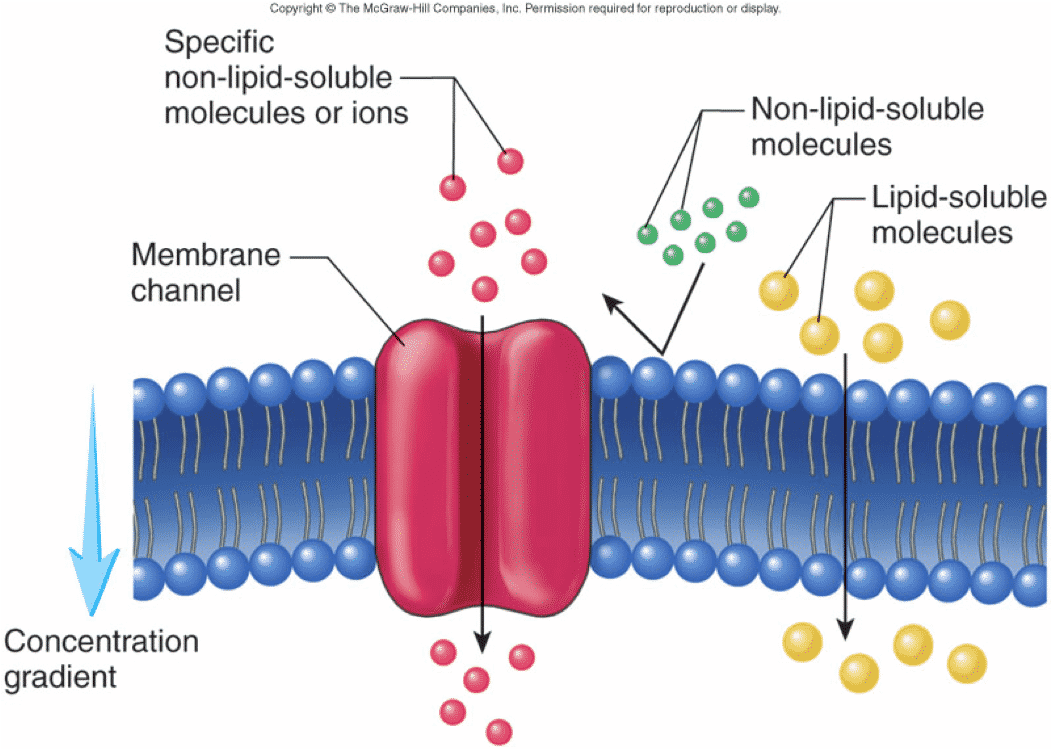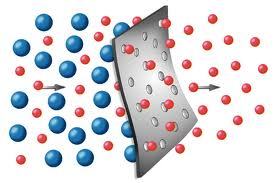A partially permeable membrane is a biological barrier that allows some substances to pass through it, while restricting the movement of others. These membranes are found in a variety of cells and organelles within living organisms and play important roles in maintaining homeostasis, or the stable internal environment necessary for proper cellular function.
One of the most important functions of a partially permeable membrane is to regulate the movement of substances across it. This helps cells to maintain a proper balance of ions, nutrients, and other molecules necessary for their survival. For example, the cell membrane of a red blood cell is partially permeable and allows oxygen and other gases to pass through it, while preventing the loss of water and other vital substances. This helps to ensure that the cells have the necessary materials to function properly.
In addition to regulating the movement of substances, partially permeable membranes also play a role in separating different compartments within cells. For example, the mitochondria, which are the cell's energy-producing organelles, are surrounded by a partially permeable membrane that separates them from the rest of the cell. This membrane helps to keep the mitochondria isolated from the rest of the cell, allowing them to carry out their specialized functions without interference.
One of the key mechanisms that allow partially permeable membranes to regulate the movement of substances is the presence of proteins embedded in the membrane. These proteins, known as transporters, act as channels or pumps that facilitate the movement of specific substances across the membrane. Some transporters are selective, allowing only certain substances to pass through, while others are more permeable and allow a wider range of substances to cross the membrane.
There are several different types of partially permeable membranes found in living organisms, each with its own specific function. For example, the cell membrane, which surrounds all cells, is responsible for protecting the cell and regulating the movement of substances into and out of it. The nuclear envelope, which surrounds the nucleus, is also partially permeable and helps to protect the genetic material contained within.
In summary, partially permeable membranes are an essential component of living organisms, playing important roles in regulating the movement of substances and separating different compartments within cells. These membranes are essential for maintaining homeostasis and allowing cells to function properly.








